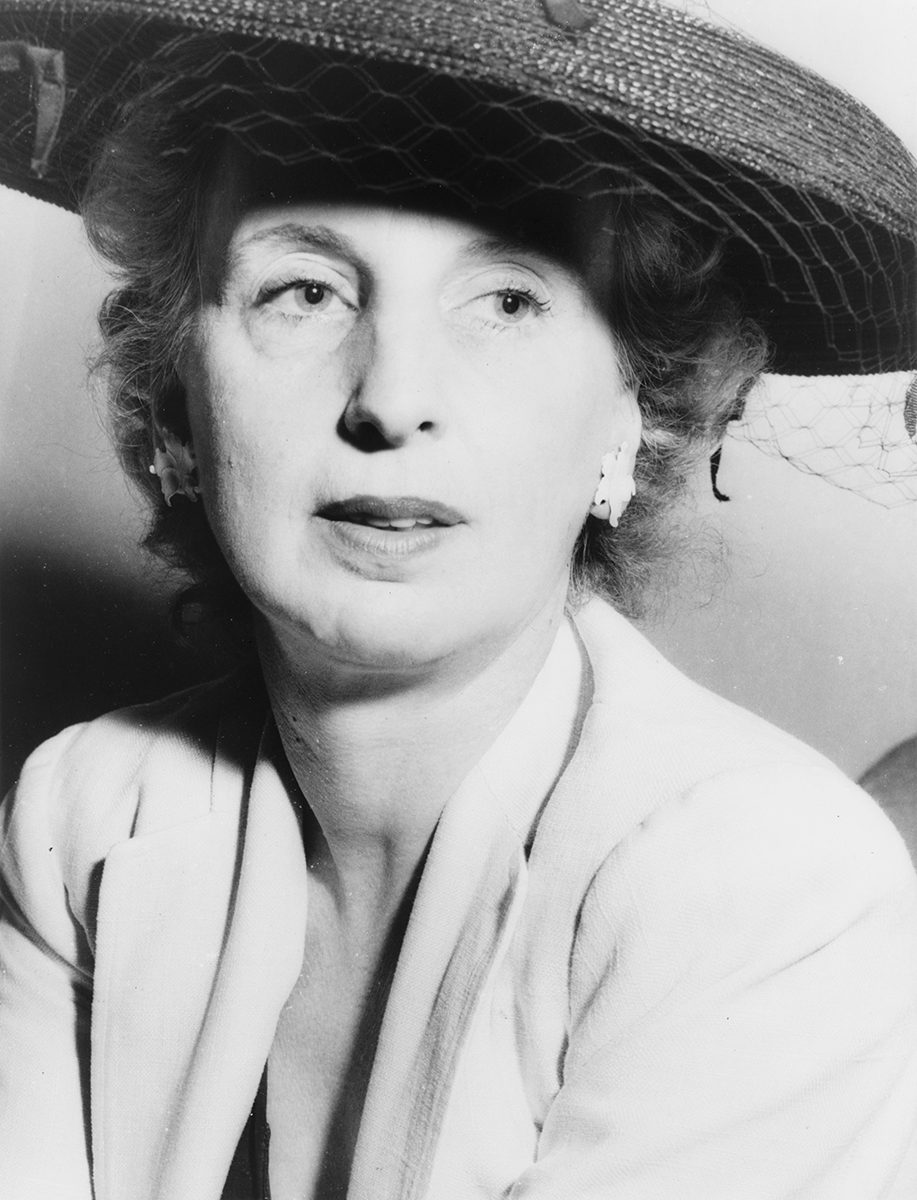
In 1968 Creative Writing Professor Kay Boyle joined students and faculty members in a five-month strike that ultimately resulted in the creation of the country’s first Ethnic Studies department. This conflict was to be the longest strike in American higher education history.
This was by no means Boyle’s first foray into activism. Indeed the writer’s whole life, which spanned from 1902 to 1992, took her to the heart of some of the most turbulent events in world history. From World War II in Europe, to McCarthyism in America, Boyle used her pen to illuminate issues of injustice and call for necessary reforms.
Born in St. Paul, Minnesota, Boyle and her family traveled extensively when she was a child, but ultimately settled in Ohio when the family fell on hard times. Always artistic, she studied both architecture and music before landing a job as a writer and editor for a small New York magazine in 1922.
It was a move to Europe, precipitated by her first marriage to Richard Brault, a French exchange student whom she met in Cincinnati, that really launched her career as a writer. Her first pieces were published in prominent expatriate literary outlets in Paris, and she became very active in the Lost Generation modernist movement in France.
At the beginning of her career Boyle’s writing centered around romantic love and relationships, not surprising, considering that she would be married and divorced four times over the course of her life. However, this all changed in 1939. At the time Boyle, her then husband Laurence Vail and their children were residing in Megeve, France when the country declared war on Germany. It was also around this time that Boyle met Baron Joseph von Franckenstein of Austria.
Boyle eventually married von Franckenstein and spent the next 20 years traveling back and forth between the U.S. and Europe. During this time she found ways to put her literary knowledge to good use, first making information broadcasts to foreign countries for the Office of War. Then she was a foreign correspondent for The New Yorker, assigned with bringing fiction out of occupied Germany.
All of this traveling back and forth through a conflict area did not go unnoticed. In 1952 von Franckenstein was brought before a “loyalty-security hearing,” due in large part to his wife’s international and activist associations. Though he was ultimately cleared of all charges, it still cost him his position in the State Department. Boyle wrote several novels about this time in her life including The Seagull on the Step, set in post-war France, and Generation Without Farewell, a novel of occupied Germany.
By this time Boyle was well and truly committed to a life of activism and had become a staunch pacifist. In the 1960s she was arrested several times for participating in anti-war protests in response to the growing conflict in Vietnam. It was also at this time that she accepted a position as a professor of Creative Writing at San Francisco State College, a move influenced largely by the poor health of von Franckenstein, who would die of lung cancer in 1963.
Though she was in her mid-60s by this time, Boyle didn’t hesitate to get involved with local social-justice movements. She was a fierce supporter of the five-month SF State student strike, going so far as to be briefly fired for her participation in the protests. She was a member of the coordinating committee for the Faculty Organization for Responsibility in College Education, participated in daily marches and was even filmed holding signs of support and acting as a physical buffer between students and police. Like many professors that worked during this time she refrained from holding her class on campus, but instead opened up her own home to students. She wrote a collection of poems about this time, Testament for my Students, 1968 – 1969, published by Doubleday.
Boyle retired from SF State in 1979 and lived the rest of her life in Mill Valley. She leaves behind not only 40 books, a legendary life and a legacy of literary activism, but also a deep collection of personal letters. In 2015, University of Illinois Press published Kay Boyle: A 20th-Century Life in Letters, edited by Sandra Spanier. In this book, Boyle’s own words illustrate her interactions with the likes of Gertrude Stein, Ernest Hemingway, William Carlos Williams, James Joyce, Marcel Duchamp, Samuel Beckett and Joan Baez.
— Lynn Brown
Links
- Kay Boyle: A 20th Century Life in Letters (University of Illinois Press)
- Dissent by the Bay, Kay Boyle in San Francisco
- Kay Boyle biography on Britannica
- Creative Writing Department
Photo by Al Revecca